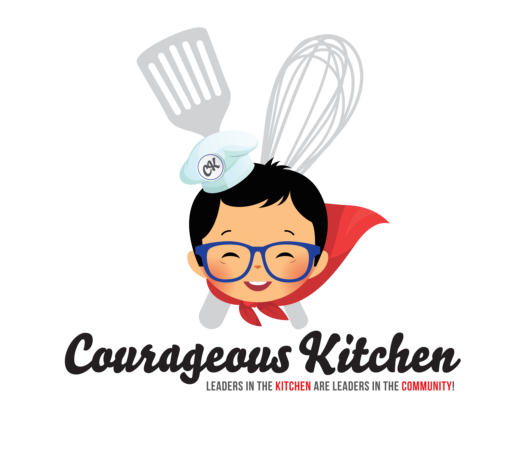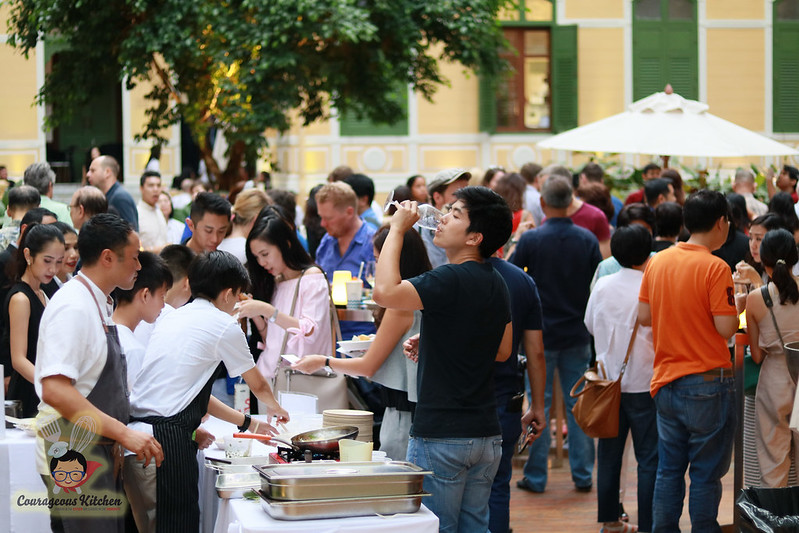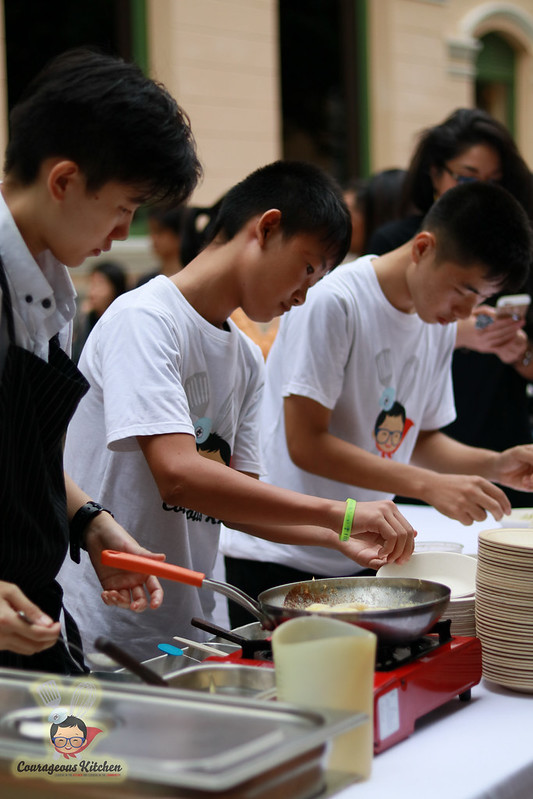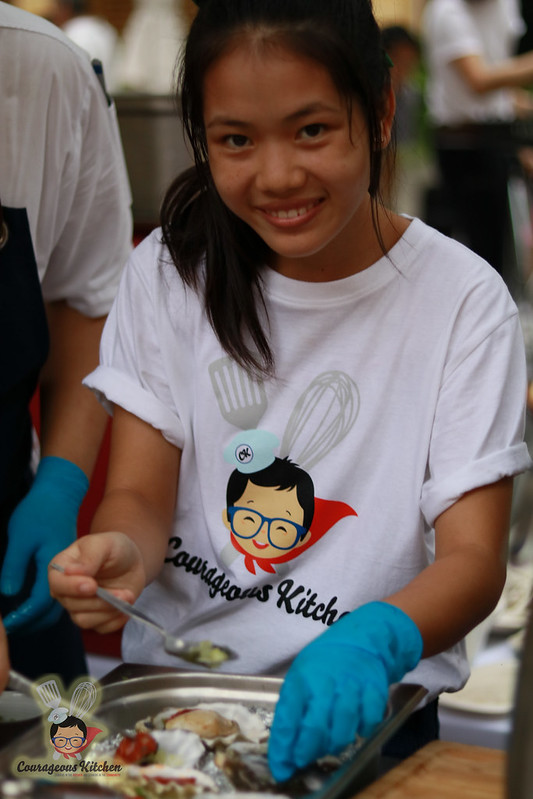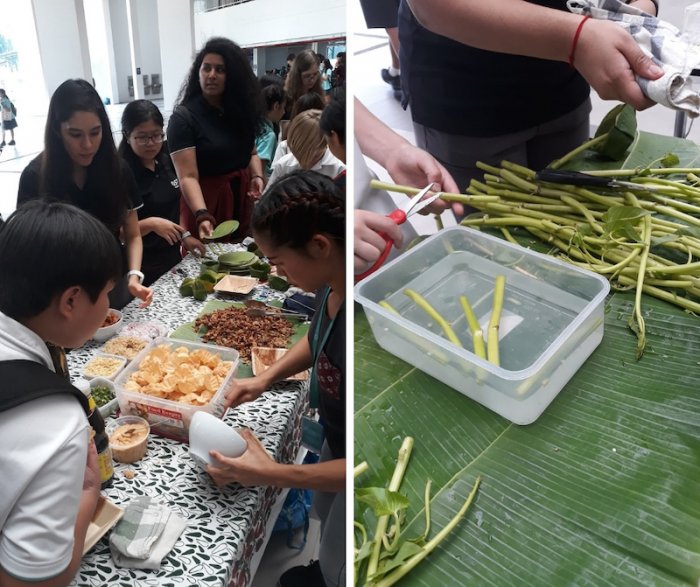
Teaching Sustainable Straws and Bowls to International Schools
Sustainability has becoming a much larger global conversation, and we’ve been thoughtful about how to be more friendly to the environment in our cooking classes, reduce waste, and encourage others to do the same. Bangkok’s International Schools have also been a part of pushing discourse and action to protect the environment, and we’re proud to be in partnership with schools encouraging students to make a difference. Most recently we have been doing workshops and demos in schools to teach youth practical ways they can reduce waste in and around the kitchen.
Thailand is one of the world’s worst plastic polluting countries, creating about 2 million tons of plastic and growing each year. The single-use plastic is especially egregious and has been the focus of many of the awareness campaigns in the past few years. This has been encouraging people to use last plastic, especially plastic bags, straws and other utensils, and even hygiene items such as toothbrushes.

When we have an opportunity to do outreach with students, generating discussion is usually our first task. The majority of students we meet in international schools have already seen the viral videos of animals suffering or dead from swallowing too much plastic. In fact some of the current initiatives to influence retailers to use less plastic, have been started by the students themselves. This makes getting students to speak up about how to make changes easy.
Just like the students, we can all acknowledge we need to use less plastic, but can’t always imagine what that may mean. We have to remind students that plastic, as much as it’s a regular part of life today, wasn’t always around. What then, did people do before they were given 3 straws and two plastic bags for every drink purchase they make? We believe that asking these questions can provoke students to realize that many of the solutions they desire may already be in hand.
Using Natural Straws
One fun way to get the discussion going is to make natural straws with the students. To their shock, we grab what seems like an unimportant vase of long stemmed light green plants, and assign them to make their own straws. The plant is morning glory and the students set up cutting, pithing, and cleaning them, while discussing how they’ll use them at lunch later in the day.

We find most students know very little about the morning glory plant, whose name in English can be used to refer to a large family of plants. In Thailand however, most discussion revolves around two edible varieties used commonly in Thai cooking. The most famous is referred to as a Chinese breed (pak boong jin or ผักบุ้งจีน), and is flash stir fried with chili and garlic. This version has skinny stems, and if you purchase it, intending to make a natural straw you will be sorely disappointed. Or maybe not, because you can still make a stellar stir fry.

The other common variety (pak boong thai or ผักบุ้งไทย) is native to Thailand and grows much larger. Since the stems are mostly hollow on the inside, the plant can float on the water above competing species. However, the strong stems can also make the plant less desirable to eat, so this version doesn’t yet enjoy the culinary popularity of its Chinese counterpart. While tasty, the dishes you would make with this quick growing water vegetable, for example gaeng taepo (แกงเทโพ), are seldom well known by people outside of Thailand. This is because the local variety of morning glory is more likely to be cooked at home than in a restaurant.
Already the students, who are a mix of Thai and expat kids, have learned more about this native ingredient, and especially how to use it to reduce plastic waste. The plant is plentiful in the region and easy to grow. We can imagine the surprise of Thai farmers, if suddenly this ‘water weed’ becomes as valuable as other vegetables. The key is to remind the students that there are some drawbacks to using natural ingredients. The most important issue to be weary, is the ability of the plant to spread disease when not washed or cooked properly.
Making Banana Leaf Bowls
Thais still recognize the value of the banana leaf. You can find everything from steamed seafood, to sweet snacks being wrapped in banana in strong, sturdy banana leaves for cooking. Chefs who want to give their dish a more natural look, may even use a banana leaf at the bottom of their plate to improve aesthetics. However, the banana leaf has slipped somewhat in importance due to the cheap price and ease of use of plastics and styrofoam. We think the time has come to remind everyone how spectacular these large leaves can be for culinary purposes.
Once you have your hands on some banana leaves, it’s important to know Thai cooks will toast them, before using them with food. This can be done by quickly holding the leaf over fire, or dipping them a few seconds in boiling water. This helps with the hygiene of the leaf, but is also widely down to improve the strength of the leaf, making it tear less easily. Dry and cool the leaves, and they’re ready to be manipulated into all sorts of shapes. Toothpicks can be used to hold them together, but if you’re new to banana leaf origami, you may want to start by simply stapling the leaf to help it hold shape.
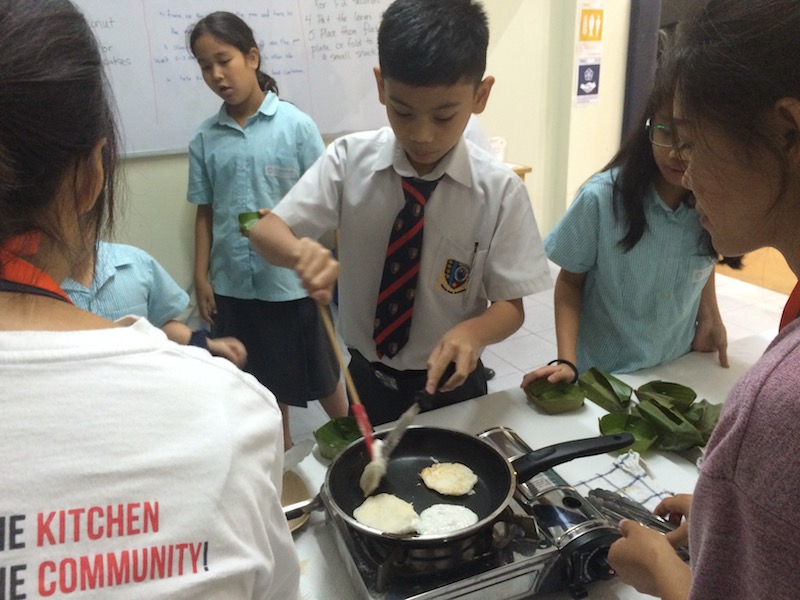
Cutting the banana leaves into spheres and putting them on plates alone, can help us reduce water usage and how much work needs to be done to wash the dishes. This is really big selling point with teenagers, and we use their sudden enthusiasm to pivot into making a snack together. The snack of choice is Thai crispy cup, filled with a mildly spicy chicken salad (with younger students we will make a Thai coconut pancake with the kids). The students mix their salad to their liking, some adding more fish sauce and palm sugar than recipe really requires. We don’t scold them much, we’re thankful they’re walking away excited about their banana leaf bowls, morning glory straws, and the tasty snack they learned to make.
We all have a role to play in caring for the environment and caring for people in need. Sharing this mission with kids, whether in slums or Bangkok’s fancy international schools, has been rewarding for our Courageous Kitchen team. To take our commitment to the next level this year, we’re on path to become Bangkok’s first plastic free cooking class, and hope to more cooking demos with students around the city.
Thank you for your support, and hold on to your aprons, we’ve got more to say about sustainability and making a difference in Thailand. If you have other tips for being sustainable in the kitchen please leave a comment below!
